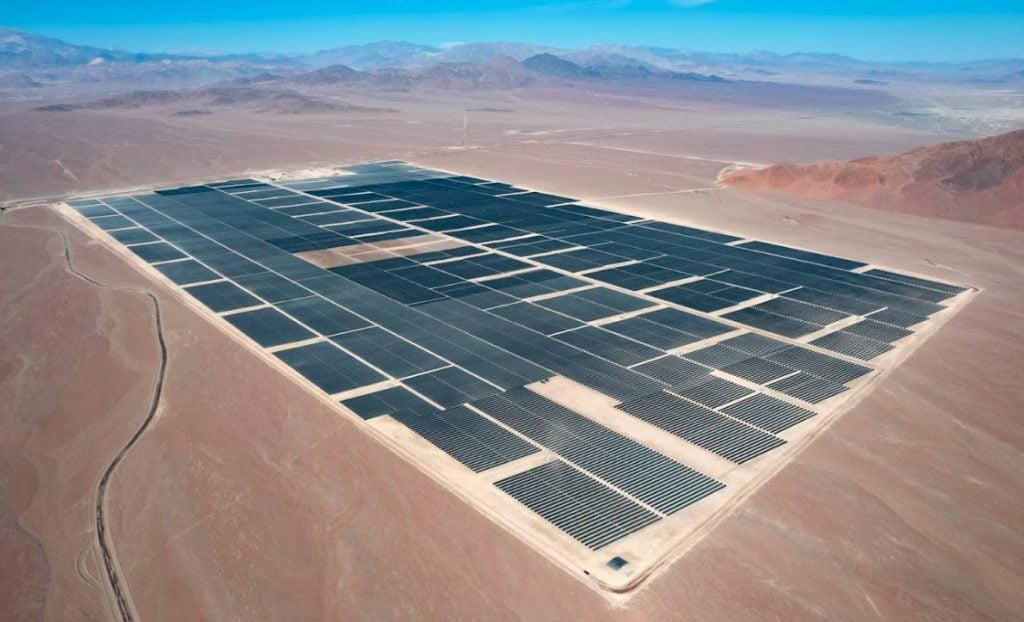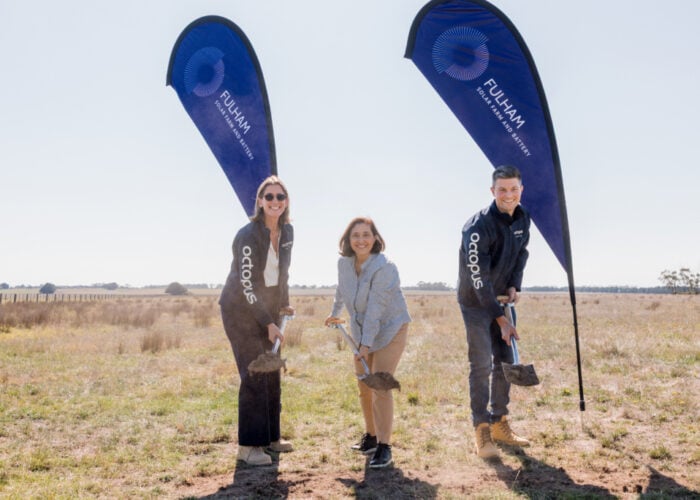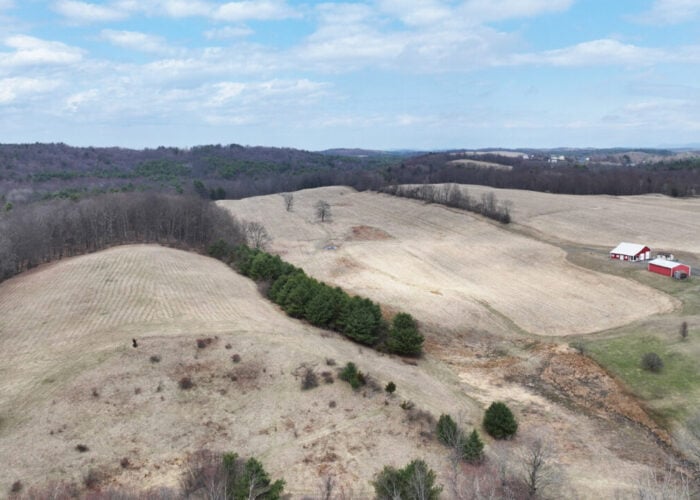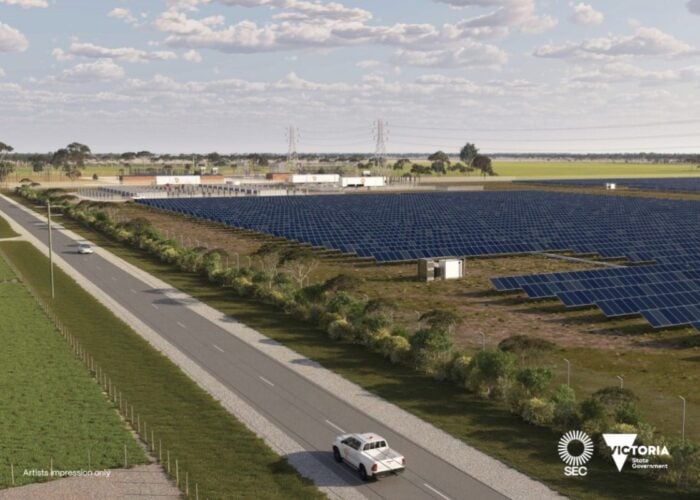
Spanish independent power producer (IPP) Grenergy has signed a power purchase agreement (PPA) for the fourth phase of its Oasis de Atacama solar-plus-storage project in Chile, which has the largest capacity of any storage project in the world.
Grenergy has already completed PPAs for other phases of the project, with Chilean energy company EMOAC signing a 15-year deal, and Grenergy has now completed contracts with €2.7 billion (US$2.9 billion) at the project.
Unlock unlimited access for 12 whole months of distinctive global analysis
Photovoltaics International is now included.
- Regular insight and analysis of the industry’s biggest developments
- In-depth interviews with the industry’s leading figures
- Unlimited digital access to the PV Tech Power journal catalogue
- Unlimited digital access to the Photovoltaics International journal catalogue
- Access to more than 1,000 technical papers
- Discounts on Solar Media’s portfolio of events, in-person and virtual
Or continue reading this article for free
The company is commissioning the project, which was announced in 2023, in four phases, and expects to begin operation in 2025. The fourth phase of development will see Grenergy add 260MW of new solar capacity, alongside 1.1GWh of new storage capacity, which will help the project reach its total nameplate capacity of 1GW of solar and 4.1GWh of storage. The company also signed the PPA with an unnamed “international utility with an investment grade credit rating”, and the utility will acquire power generated at this phase of the project for 15 years.
“The achievement of milestones such as the signing of PPAs, the agreement with BYD or the financial structuring of the investment made possible Oasis de Atacama, a key project for the company, which also will be a global reference in the sector,” said Grenergy CEO David Ruiz de Andrés.
Chile has seen considerable investment in its renewable power sector, with its solar and wind output exceeding that of coal between August 2021 and September 2022, the first time renewables generated more electricity than coal over a year-long period. In the months since, investors have sought to support new storage projects in the country, such as Switzerland-based investment group SUSI Partners, and AES Andes, which is developing a molten salt-based storage technology.







